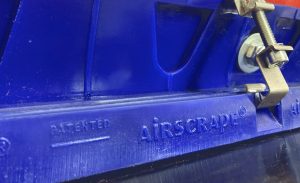Siemens has launched version 4.0 of its SiMATIC PCS neo control system, which promises to accelerate digital transformation and optimise plant processing efficiencies. The system is designed to prepare plants for the future, helping to alleviate shared industry challenges, like collaboration, modular automation, scalability, interoperability, integration, and lifecycle management.
Rowan Dickason, vice president for Process Automation Business Unit at Siemens, says, “This state-of-the-art control system is more sustainable and embraces globalisation with its fully fledged web-based platform. The new control system embraces the way to re-think process automation technology, and embrace digitalisation, interoperability, collaboration, and agility. It integrates seamlessly with existing systems and allows multiple processes to happen simultaneously. It’s the future of process automation and we believe it will be a game-changer going forward.”
The system supports all parts of the Module Type Package (MTP) standard, allowing for easy integration that can be achieved independently of the manufacturer hence supporting a “plug and produce” methodology. It also offers workflow improvements to further reduce engineering efforts.
Efficiency is core to all Siemens’ designs. The new Simatic S7-4100 automation system defines a new generation of controllers for the process industry, with the first release available exclusively for the Simatic PCS neo. The new controller is 30% smaller, with extended communication capabilities. It also reduces energy consumption by up to 50%. Importantly in the South African context, it’s robust, maintenance-free, and no batteries are required to buffer system data in the event of a power failure. Rowan adds, “The controller is the brain of the process plant. Our Simatic S7-4100 controller takes this to a whole new level of performance.”
In addition to the SIMATIC PCS neo v4.0, Siemens is releasing its fully integrated SIMATIC CN 4100 communication gateway. This facilitates a simple and secure data exchange with SIMATIC PCS neo, playing the role of a convenient data switch. That means data from the plant can simultaneously be fed from the plant to the controller and process control system. Supported protocols include the Modbus TCP and OPC UA, with more planned.
Rowan adds, “We designed these systems to relieve process control, simplify engineering and increase security.”





